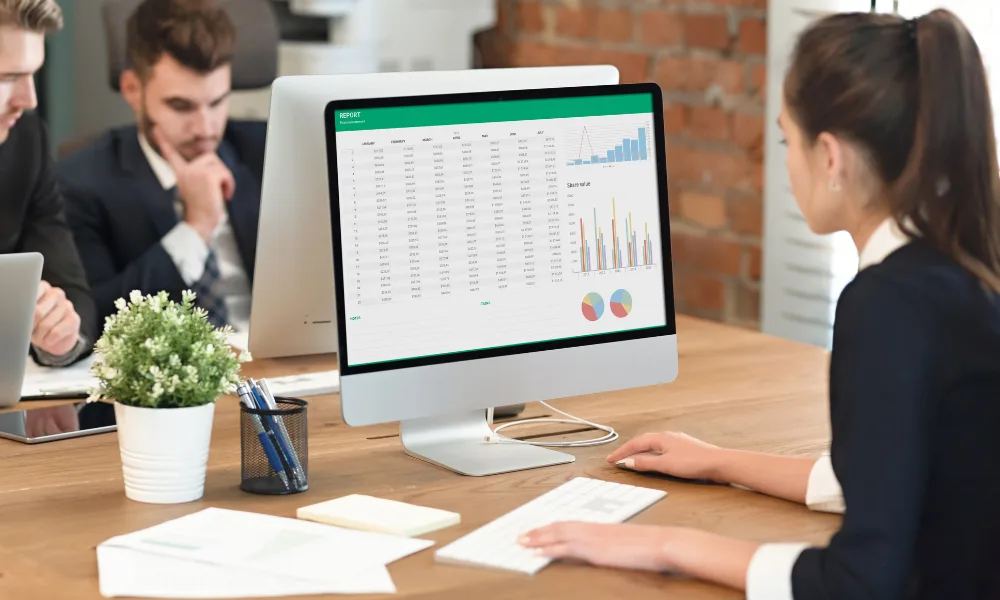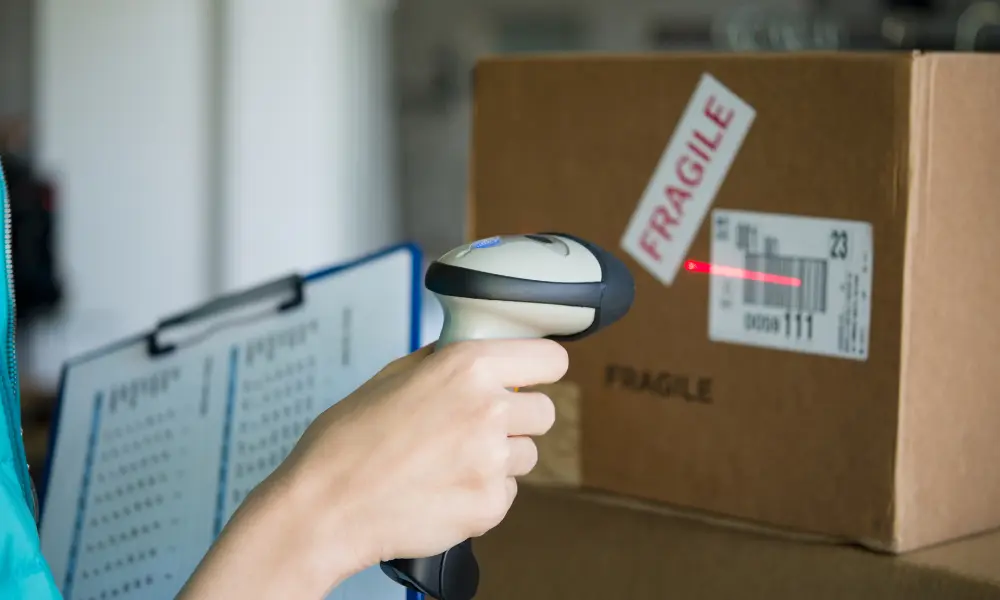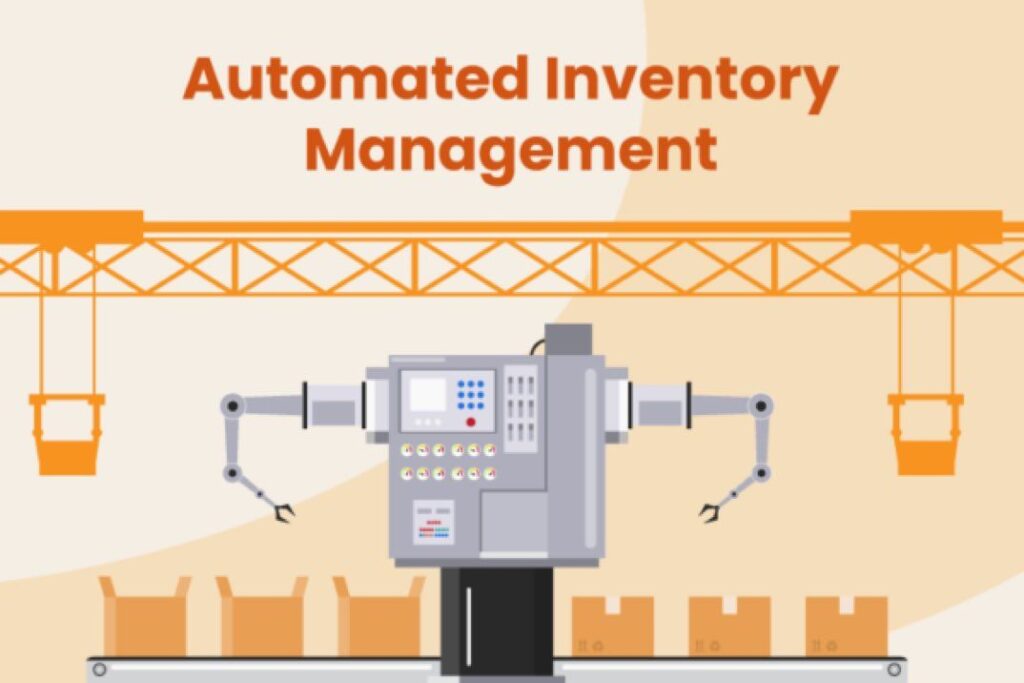Running a successful business in the retail industry can be overwhelming and daunting, especially when it comes to the most essential part, i.e., inventory management. Well, how do you manage your inventory?
Do you use manual inventory management systems and want to switch to an automated one?
If yes, then you’ve made the perfect choice. An automated inventory management system, such as advanced POS software, offers example of inventory management software, and an automated store management system, will make your task easy, efficient, and productive with real-time visibility and accuracy. With the rapidly developing automation technology in your inventory management system, you can scale your business and skyrocket your sales in no time.
But what are the essential features of an automated inventory system for the retail industry? Let’s explore!
13 Must-Have Features in an Automated Inventory Management System for Retail Business
An automated inventory system helps in simplifying key inventory-centric tasks, thus optimizing the entire business workflow. It comes with a lot of amazing features and functionalities.
Here are 13 must-have features, including advanced POS software, example of inventory management software, and automated store management system, that you must look for while choosing an automated inventory management system for your retail business.
1. Real-Time Data Monitoring
Real-time data monitoring, an essential feature of an automated inventory management system, sets it apart from manual systems. With an automated inventory management system, like advanced POS software, you can track inventory levels and movements in real-time, which gives you an accurate picture of the stock levels at any given moment.

You get all your information in a centralized database without any human errors or stock discrepancies.
2. Predicting Supply and Demand
Besides stock level management and real-time tracking and monitoring, an automated inventory management system can use previous historical data and analytics to predict supply and demand numbers accurately. This helps retail businesses predict customers’ demands, which further reduces inventory holding costs and the risks associated with overstocking or stockouts.
3. Stock Item Management
Stock item management is an unavoidable and, perhaps, crucial part of inventory management. With an automated inventory management system, such as an example of inventory management software, you can keep track of all your products in one central location.
You can create and manage your product catalog, including item descriptions, SKUs, and other relevant information. This way, you can manage your product catalog and stock items effectively while reducing the risk of lost or misplaced items.
4. Stock Reordering
One of the major tasks of inventory management is stock reordering. The right automated inventory management system, like an advanced POS software and automated store management system, will help you in automating the process of stock reordering.
You can set minimum thresholds for each item. When the stock of any item hits the threshold amount, the system will place the order from your desired vendor for the required to reorder amount automatically in no time. This way, you don’t need to constantly juggle with inventory numbers daily.
5. Stock Control Optimization
Using the stock control optimization feature, you can manage and optimize your retail inventory levels. It allows retail businesses to set minimum and maximum stock levels for each product and adjust these levels based on supply and demand. This reduces the capital associated with inventory by ordering only what they need.
6. Inventory Alerts and Notifications
Amidst all the operational processes and so much going on, you’ll surely prefer a system that sends you immediate alerts and notifications of all the updates. To stay updated across multiple channels, make sure that your automated inventory management system offers comprehensive inventory alerts such as shipping delays, low inventory levels, etc.
7. Barcode Scanning and RFID Technology
Any inventory management system is incomplete without a proper system for inventory count and tracking. Inventory tracking technologies, such as barcode scanning and RFID technology, like an advanced POS software and automated store management system, help businesses automate their inventory tracking process.

They streamline the complete process from ordering, storing, and using inventory to producing, managing business requirements, forecasting demand, and automating tasks. Furthermore, these systems provide real-time inventory visibility, allowing businesses to monitor and track orders and sales as they occur and accurately estimate project costs.
8. Management of Client Orders
Some automated inventory management systems also provide an order fulfillment automation system that helps businesses by automating various tasks related to automation. These tasks may include printing shipping labels, tracking orders, etc.
9. Supplier and Inventory Purchase Automation
This feature allows the system to automatically generate purchase orders based on inventory levels and supplier information. It streamlines the ordering process, reduces errors, and saves time. It also helps to maintain optimal inventory levels and prevent stockouts.
10. Manage inventory control at multiple locations
With an automated inventory management system, like advanced POS software, you can track your inventory at various points of the supply chain. It also enables you to have an overview of your inventory according to store locations.
The best part is you can also track your inventory for various locations, including an automated store management system. With automation in the game, you can also automate stock transfer from the nearest store whenever a store has minimum stock and high demand.
11. Advanced Reporting & Analytics
Using this feature, like advanced POS software, you can get detailed reports and analytics on inventory levels, sales, and other key metrics. It helps to identify trends, forecast demand, and make informed decisions. It also enables the user to track inventory performance and identify areas for improvement.

12. Inventory Database Security
This feature ensures that the inventory database is secure and protected from unauthorized access. It includes features such as user authentication, access controls, and data encryption. It helps to prevent data breaches and protect sensitive information.
13. Integration Capabilities
The right automated inventory system, like advanced POS software, must be able to integrate with other software applications such as accounting, e-commerce, and point-of-sale systems. It must help to streamline processes and improve efficiency by reducing manual data entry and errors. It must also provide a more complete view of inventory and sales data.
Do you plan to switch to an automated inventory control for managing your retail inventory? Our master supply chain management software, OneSETU by QodeNEXT, is here to assist you! This supply chain solution helps achieve end-to-end traceability, real-time business transparency, and operational efficiency in no time. Not just this, it also has a handful of other features, including advanced POS software, example of inventory management software, and automated store management system, to execute inventory control and traceability effectively. So, go check out OneSETU by QodeNEXT now!
Conclusion
Thus, an automated inventory management system is a crucial tool for the success of any retail business. It not only simplifies the inventory management process but also provides real-time insights into inventory levels, sales trends, and customer behavior.
By incorporating the above-mentioned essential features, retail businesses can streamline their operations, reduce costs, and increase profitability. So, if you’re looking to take your retail business to the next level, investing in an automated inventory management system, like advanced POS software, example of inventory management software, and automated store management system, is a smart move that will pay dividends in the long run.
Also, don’t forget to check out QodeNEXT. Get in touch with us now to help you make the best choice to manage your fleet and optimize your process!
FAQ: Automated Inventory Management System
1. What is an automated inventory management system?
An automated inventory management system is software that helps businesses track their inventory levels, orders, sales, and deliveries automatically without any human involvement.
2. Why should you switch to an automated inventory management system?
Switching to an automated inventory management system can help businesses save time, reduce errors, improve accuracy, and increase efficiency.
3. Why does your retail business need an automated inventory management system?
A retail business needs an automated inventory management system to keep track of inventory levels, prevent stockouts, avoid overstocking, and streamline order fulfillment.
4. What are some key features of an automated inventory management system?
Key features of an automated inventory management system include real-time inventory tracking, automated order processing, barcode scanning, reporting and analytics, and integration with other business systems.
5. Do automated inventory systems predict demand or make sales forecast?
Yes, the next-level inventory management systems apply predictive analytics to demand. They consider previous sales figures, seasonality and trends in order to maximize purchase and minimize unused inventory.
6. What is the level of security on my inventory in an automated system?
The inventory management software that is on the forefront provides the best security, through authentication of users, database encryption and controlled access. Sensitive retail data is prevented against unauthorized use by making regular backups and controlling access.
7. What are the typical difficulties of automated inventory systems implementation?
Software integration problems, poor starting data precision and employee acclimatization are some of the obstacles. To reduce these hurdles, it is best to select trustworthy inventory management software that can be easily onboarded, which has responsive support and can integrate with other software.
8. What do I do to move away the manual inventory to the automated one?
The process of switching to an automated inventory management system implies data cleaning, SKU importation, and sales channel synchronization. Take one store as a pilot and then train your staff and then progressively implement the system to other branches to ensure a smooth implementation.







